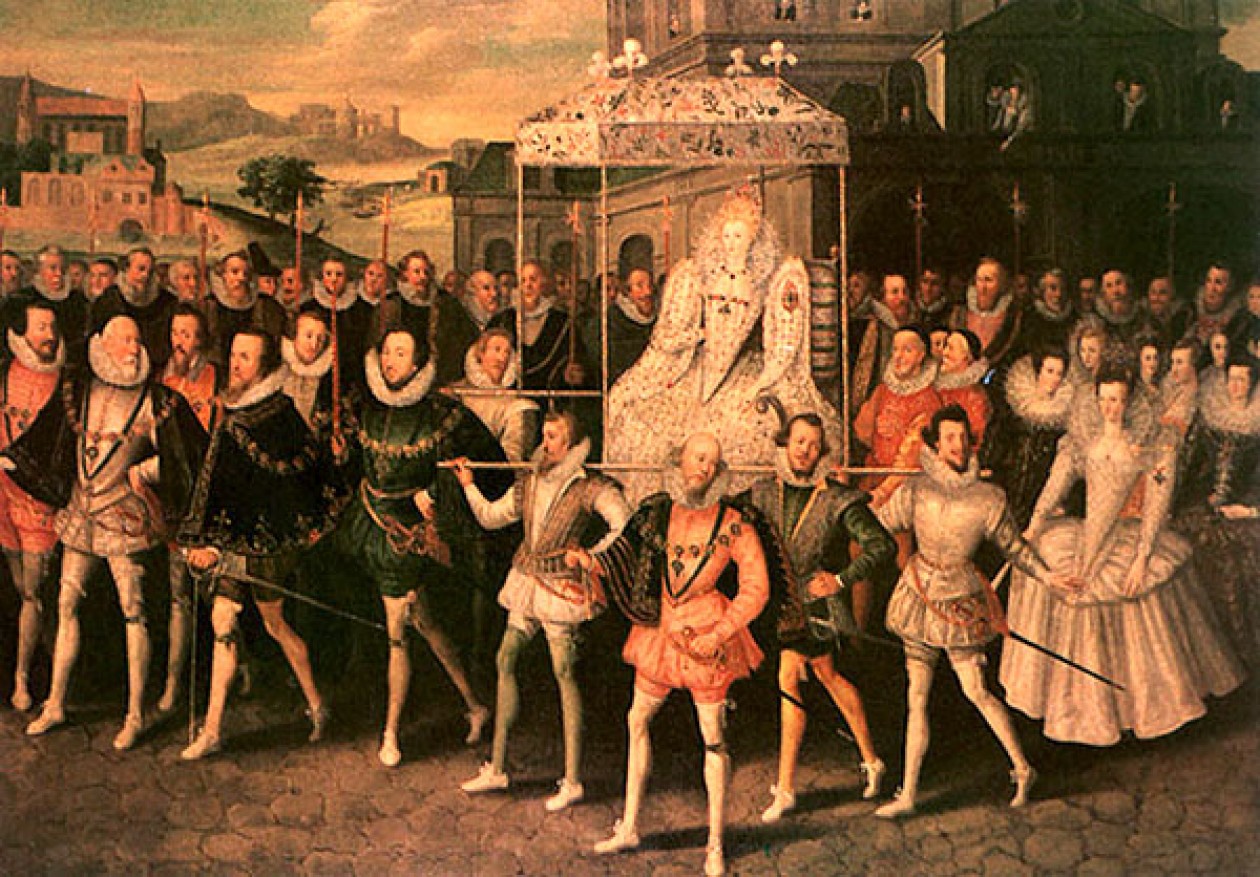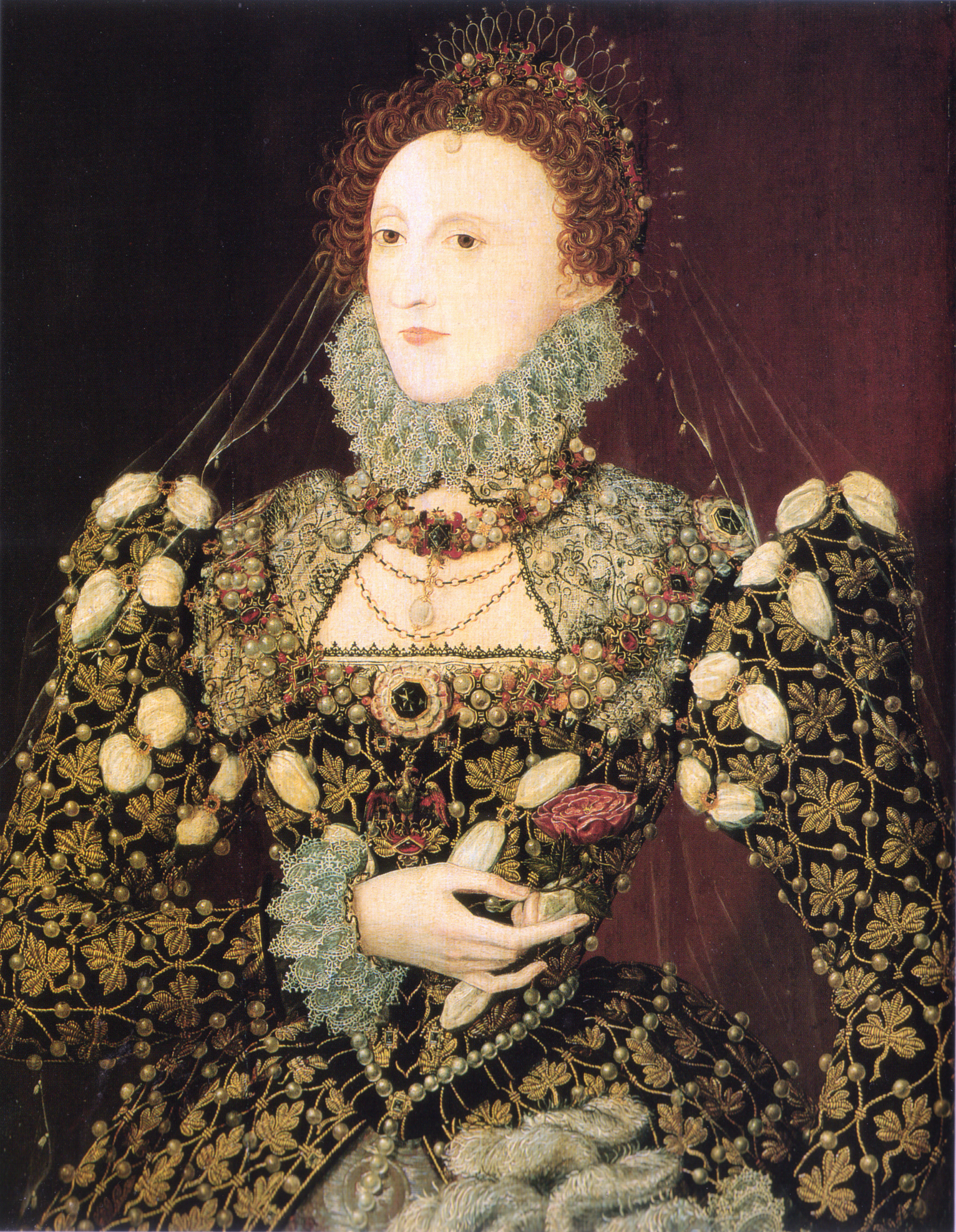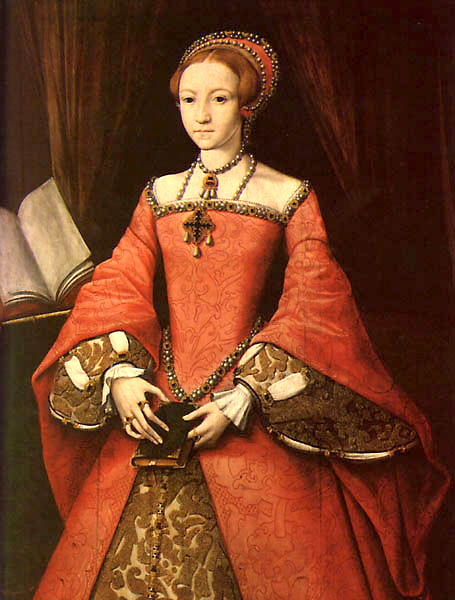“This controversy reminds us that race is a highly malleable category which historically has been deployed to reinforce existing social hierarchies and create new ones.”
I found this quote to be quite interesting because it applies not only to the book, but in history as we know it. We live in a modern multi-cultural society allowing us to engage in issues race and racism. England during the seventeenth century did not have a system set up quite like ours. It was a homogenous culture with beliefs that were developed under common law, customs, and practices over the years. For a man of a different race, let’s say a Moor to enter the scene, showcased them as being different not necessarily because of racist ideologies but because they did not belong in English society.
Loomba references the Genome Research study that would look into the oppressed castes in India during the 2001 United Nations Conference Against Racism should discuss the caste as a race. However, opponents believed that caste was not race because of there was a distinction between social issues and biology of those specific castes. To each culture they see race as different meaning. As we look through some of Shakespeare’s works, it’s important to understand that Shakespeare was not racist in nature nor should his writing be racist. We should look at his writing as a piece of history cemented during the Elizabethan era.
If we look at Othello, Shakespeare describes him as a Moor with a poor temper, characteristics that are attributed to Moors at the time. Although this might seem racist, it’s Shakespeare’s way of characterizing Othello in a way that audiences understand during the time. Race is definitely a tricky topic to discuss, especially throughout history. However, it is a very interesting to see how it the term develops throughout time.







